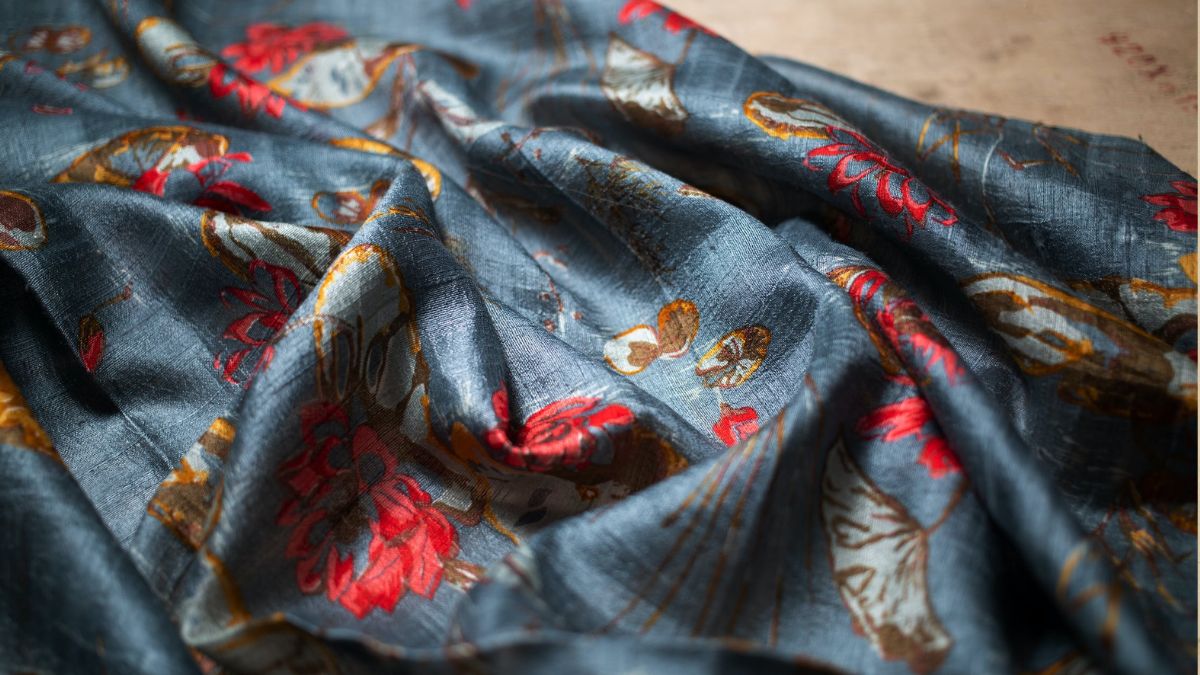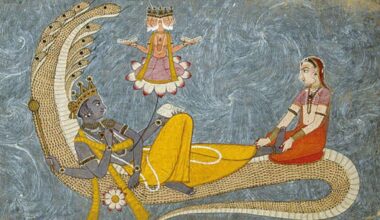Silk, known for its lustrous sheen, luxurious feel, and historical significance, stands as a prized fabric that has captivated civilizations for centuries. The intricate process of producing silk and its unique properties make it a revered material in the world of textiles.
Ancient Origins
Silk production originated in ancient China around 3,000 years ago. Legend has it that the discovery of silk production came from Empress Leizu, who observed silkworms spinning cocoons and unraveled their silk threads.
Sericulture Process
Silk production involves sericulture, the process of rearing silkworms (the larvae of the silk moth Bombyx mori) on mulberry leaves. The worms spin silk cocoons, and these fine threads are harvested and spun into silk.
Luxurious Properties
Silk is highly prized for its exceptional qualities. It is smooth, soft, lightweight, and possesses a natural sheen. Additionally, it is hypoallergenic and has excellent moisture-wicking properties.
Silk Worms and Cocoons
Silkworms produce silk by secreting a protein called fibroin, creating a cocoon to protect themselves during the pupal stage. The process of harvesting silk involves carefully unraveling these delicate cocoons.

The Silk Road
The Silk Road, an ancient trade route, facilitated the exchange of silk and other goods between China and the Mediterranean. This historical trade route played a pivotal role in cultural exchange and economic development.
Silk Production Worldwide
While China remains the largest producer of silk globally, countries like India, Thailand, Brazil, and Vietnam also contribute significantly to silk production, each with its unique variations of silk fabric.
Versatility in Fashion
Silk is a favored fabric in the fashion industry. Its smooth texture and elegant drape make it suitable for a wide range of clothing, including dresses, scarves, suits, ties, and lingerie.
Silk’s Strength and Durability
Despite its delicate appearance, silk is surprisingly strong. It’s one of the strongest natural fibers, rivaling steel in tensile strength, making it durable despite its lightweight nature.
Diverse Types of Silk
There are various types of silk, each with distinct qualities. Mulberry silk is the most common and prized for its smoothness, while wild silk, such as Tussah silk, has a coarser texture and is harvested from wild silkworms.
Cultural Significance
Silk holds cultural significance in many societies. It has been associated with luxury, wealth, and status throughout history and continues to be a symbol of elegance and refinement in various cultures.
Silk stands as a testament to craftsmanship, luxury, and cultural heritage. Its rich history, exquisite qualities, and intricate production process have secured its place as a sought-after fabric worldwide. As technology advances and sustainability becomes a focal point, efforts to preserve traditional silk-making methods while exploring eco-friendly practices promise to sustain the allure and relevance of silk for generations to come.










